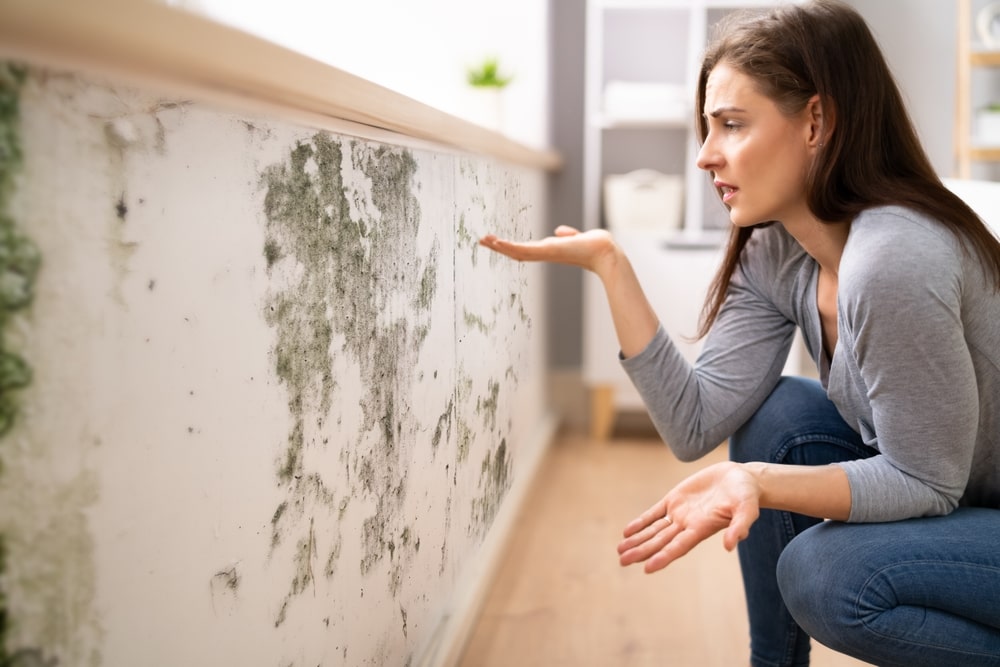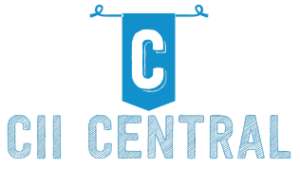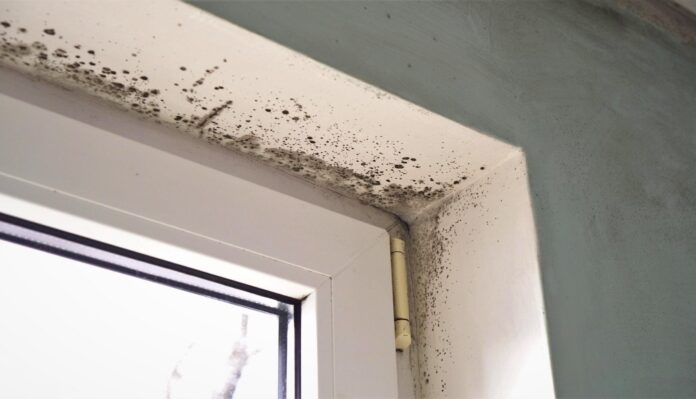Visible mold is not only unsightly but also a potential health hazard that should not be ignored. There are key signs that can indicate the presence of mold in your home, including musty odors, water damage, and the actual sight of mold spores.
However, detecting hidden mold can be a more challenging task. Mold can thrive in hidden areas such as behind walls, under floors, and in ceilings, making it difficult to detect with the naked eye.
In this article, we will explore three signs of visible mold and provide tips on how to detect hidden mold in your living environment. By being aware of these signs and taking proactive measures, you can ensure a healthier and mold-free home for you and your family.
1. Signs of Visible Mold in Your Home
:max_bytes(150000):strip_icc()/GettyImages-912933178-8b4aca627d3d4a63be08a2e68c158b11.jpg)
If you have been noticing musty odors, dark spots on walls or ceilings, or experiencing respiratory issues such as coughing or sneezing, these could be signs of visible mold in your home. Mold thrives in damp and humid environments, making bathrooms, basements, and kitchens common breeding grounds.
It is important to address visible mold promptly to prevent it from spreading and causing potential health hazards. If you suspect mold in your home, it is recommended to contact a professional mold remediation specialist to assess the situation and safely remove any mold present.
2. How to Detect Hidden Mold Growth

Detecting hidden mold growth can be a challenging task, as it often lurks behind walls, ceilings, or under flooring. To uncover hidden mold, you can use your senses to detect musty odors, pay attention to any signs of water damage or discoloration on walls or ceilings, and inspect areas that are prone to moisture, such as bathrooms, kitchens, and basements.
In addition, utilizing moisture meters and thermal imaging devices can help identify hidden mold growth in walls or other hidden spaces. It is important to address hidden mold promptly to prevent further damage and potential health risks associated with mold exposure.
3. Identifying and Addressing Mold Issues in Your Home

Identifying and addressing mold issues in your home is vital for the health and safety of you and your family. Visible mold growth can often be a sign of underlying issues within your home, such as water damage or excessive moisture.
It is crucial to inspect areas where mold tends to grow, such as bathrooms, basements, and kitchens, for any signs of mold growth. However, it is also important to remember that mold can hide in hidden areas such as behind walls or under flooring.
If you suspect hidden mold, it may be necessary to hire a professional mold inspector to conduct a thorough inspection and determine the best course of action for remediation. By taking proactive steps to identify and address mold issues, you can ensure a healthy living environment for you and your loved ones.
Conclusion
In conclusion, being able to identify the three signs of visible mold – musty odor, water damage, and discoloration – is crucial in preventing mold growth in our homes. However, it is also important to recognize that mold can often be hidden from plain sight, making regular inspections and mold assessment essential in maintaining a healthy living environment. By staying vigilant and proactive in detecting and addressing mold issues, we can protect ourselves and our loved ones from potential health risks associated with mold exposure.
Remember, when it comes to mold detection, an ounce of prevention is truly worth a pound of cure.




